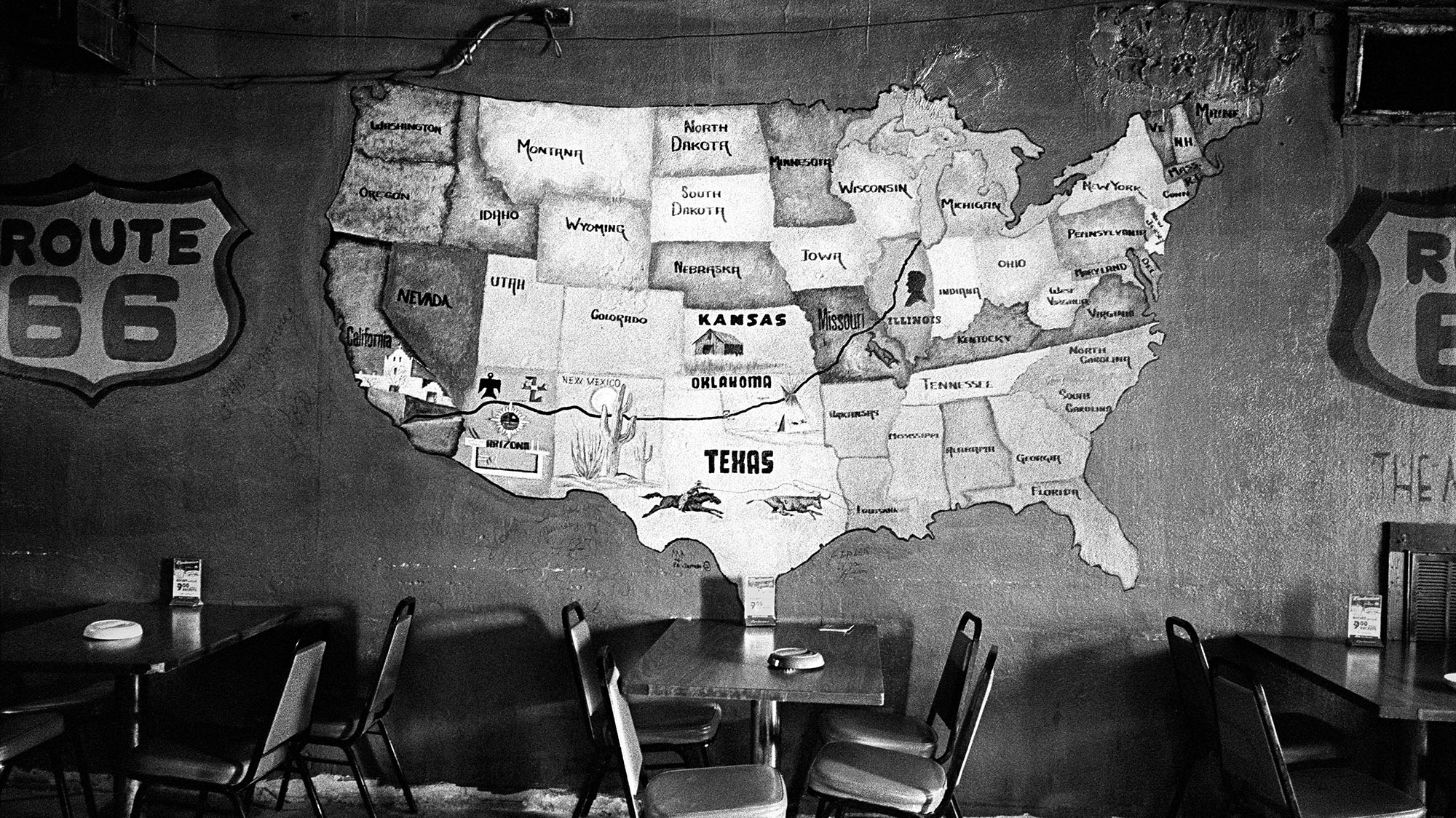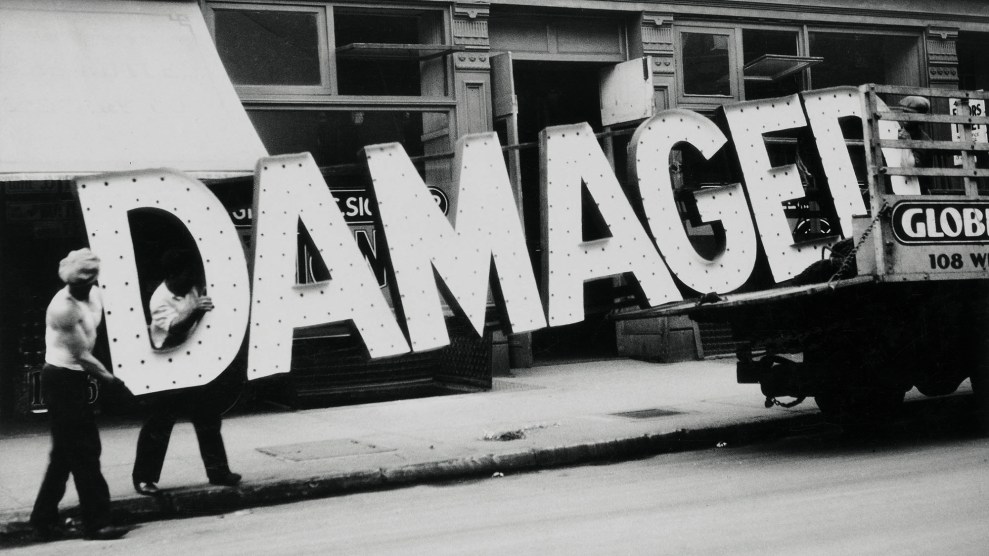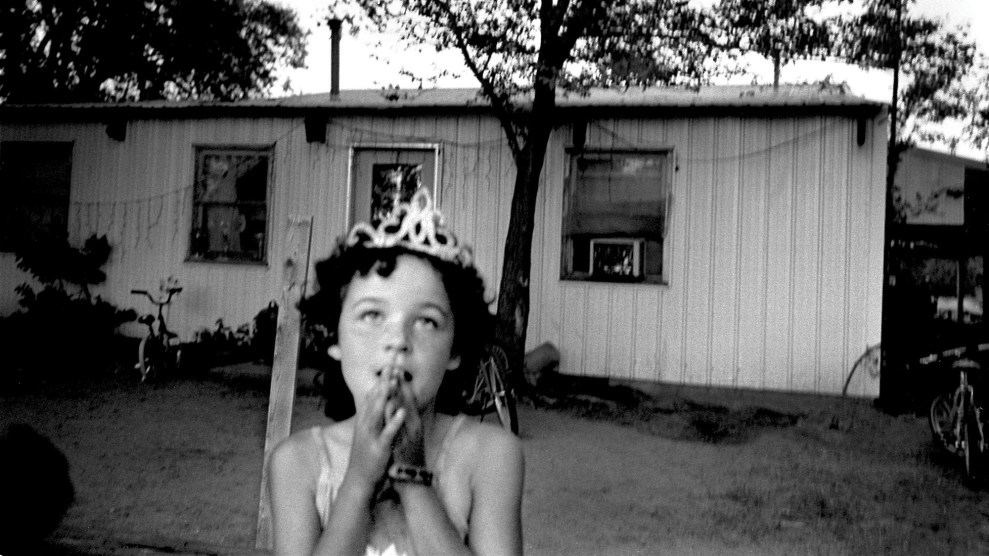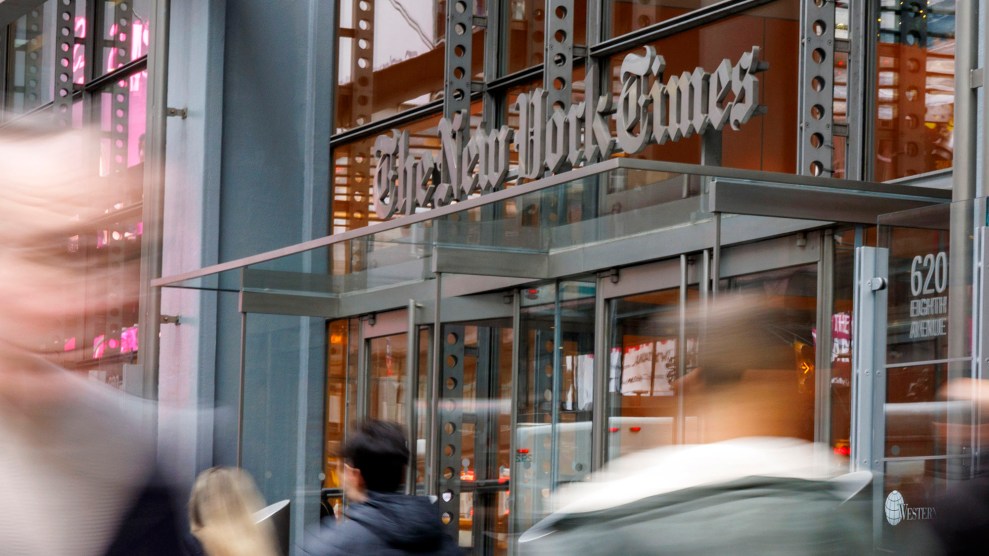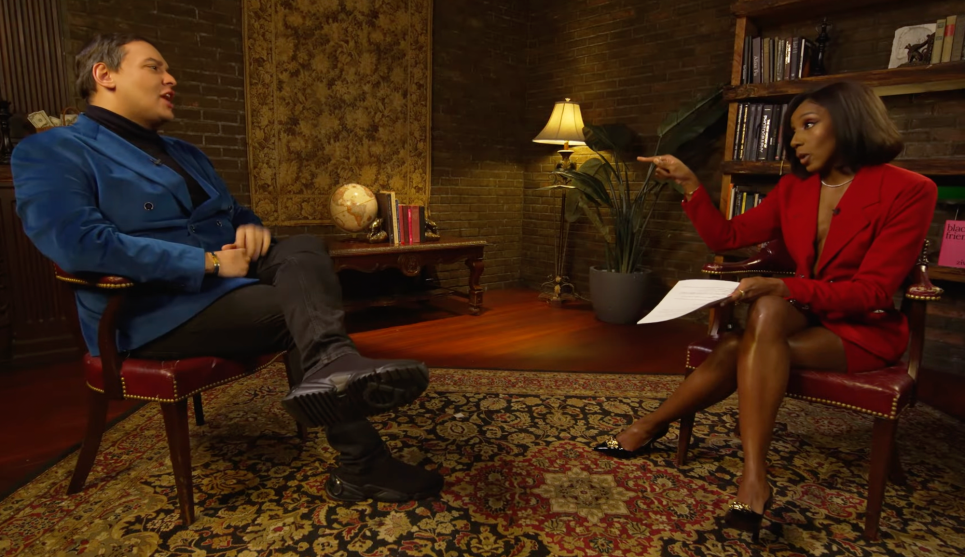Robert Frank’s mid-1950s photographic romp around the United States—captured in his seminal book, The Americans—canonized the road trip as a photographic rite of passage. Since then, many notable photographers have taken the temperature of the country via the open road, with varying degrees of success. Among the more notable: Garry Winogrand, Stephen Shore, Lee Freidlander. Now, former New York Times photographer Edward Keating is the latest to follow in those very large footsteps.
His new book, MAIN STRƎƎT: The Lost Dream of Route 66 (Damani), traces the often photographed “America’s Highway.” Keating’s take eschews the straight documentation of Route 66, as has been done over and over. There’s no neon, no kitschy hotel signs, no shiny diners with cartoony, nostalgic, time-warp decor. Keating, rather, seems lured by decay, offering Route 66 as a window into the unseen, if not worn-down, side of the country. Some might see it as a cynical, depressing view of the United States; a similar charge was leveled against Frank upon publication of The Americans, which Popular Photography famously shit on, with one reviewer calling it a “wart-covered picture of America” and another, in the same issue, writing that it was a “[s]ad poem for sick people.” In some ways, the parallels of vision—looking past the amber waves of grain to a darker truth—are what’s so striking about Keating’s work. It’s a truth that may repel some, but nonetheless comes off as brutally honest.
What’s more, Keating’s photos echo Frank’s work stylistically, in how Keating photographed the remnants of what was a highlight of the American highway system when Frank photographed The Americans. And, not to take away from Keating’s own exceptional work, images of John F. Kennedy and American flags—prominent visuals seen in The Americans—lurk through MAIN STRƎƎT. Certain photos look like Frank outtakes.
Where Keating’s grainy black-and-white photos stand apart is how they feel both old and timeless. It’s a trait inherent in Keating’s work. Photographed between 2000 and 2011, modern cars and the way people dress offer the only clues that this work wasn’t made 50 years ago. In an interview with photographer Mark Seliger, Keating said, “The more the world has gone digital, the more I’ve re-committed to black & white.” This commitment gives MAIN STRƎƎT a style that is pure Keating—continuing a trajectory seen in his early photos, like his Edward Hopper-esque black-and-white image of a man walking through a blizzard in New York City, shot in 1983.
It’s not just the format or style of the images that gives them that timeless feeling. What Keating photographs and how he does it has that particular quality that asks questions as much as he gives answers. There’s an ambiguity that keeps drawing you back, finding something more in it each time you return to the work.
Edward Keating’s MAIN STRƎƎT: The Lost Dream of Route 66 is on display through April 28, 2019, at the Leica Gallery, San Francisco.
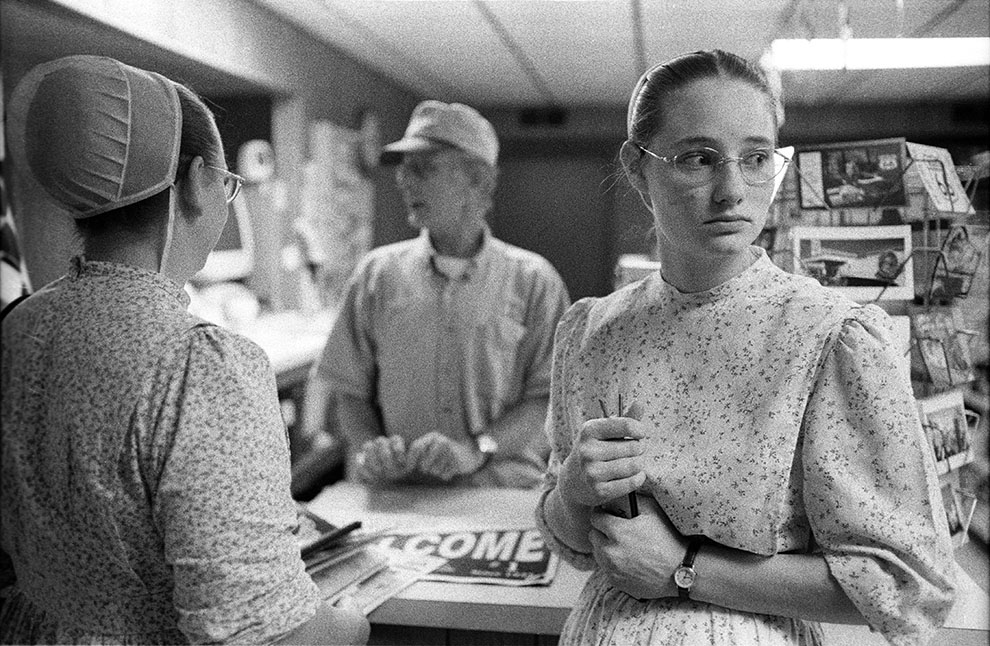
Eureka, Missouri, 2003
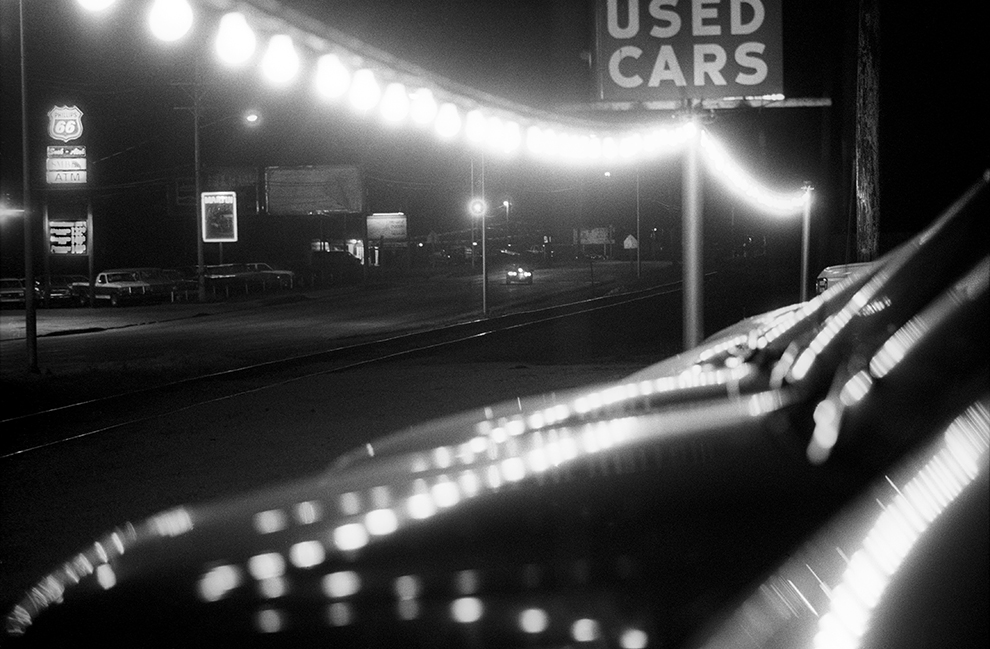
Joplin, Missouri, 2000
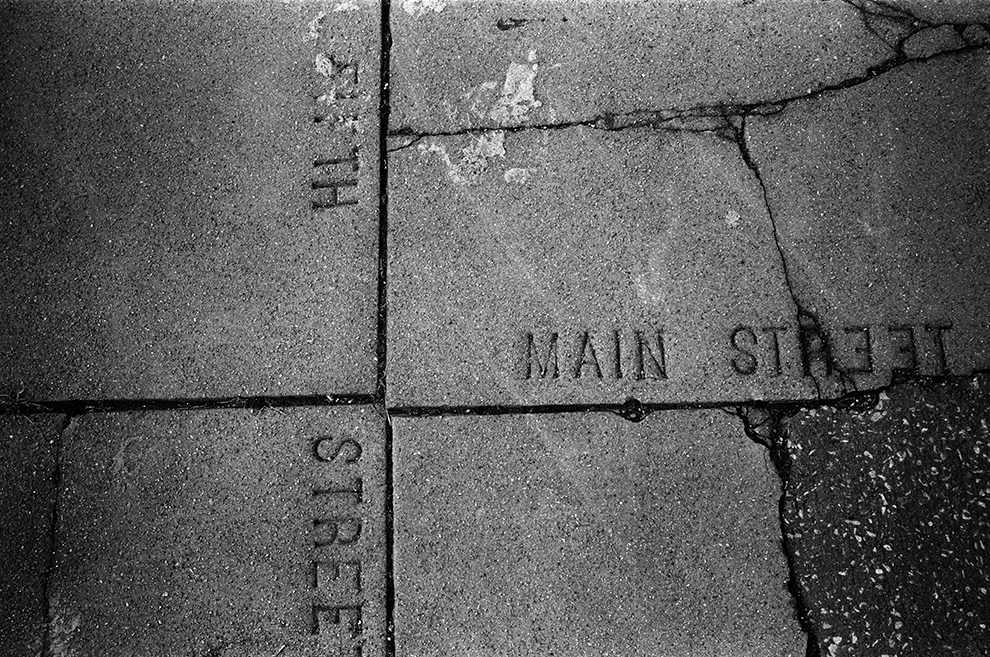
Batter Springs, Kansas, 2009
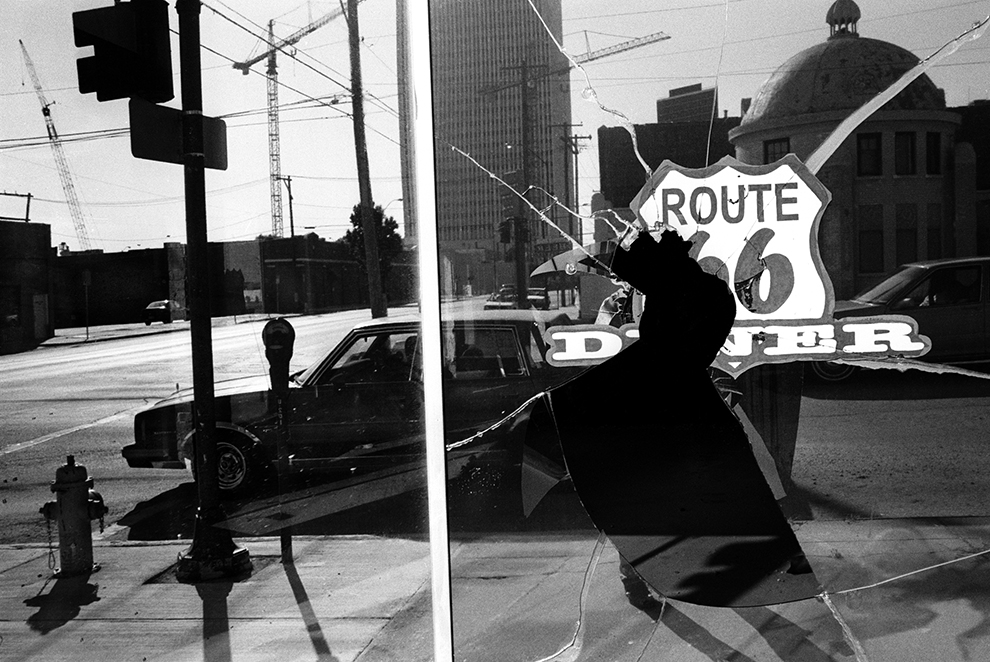
Tulsa, Oklahoma, 2000
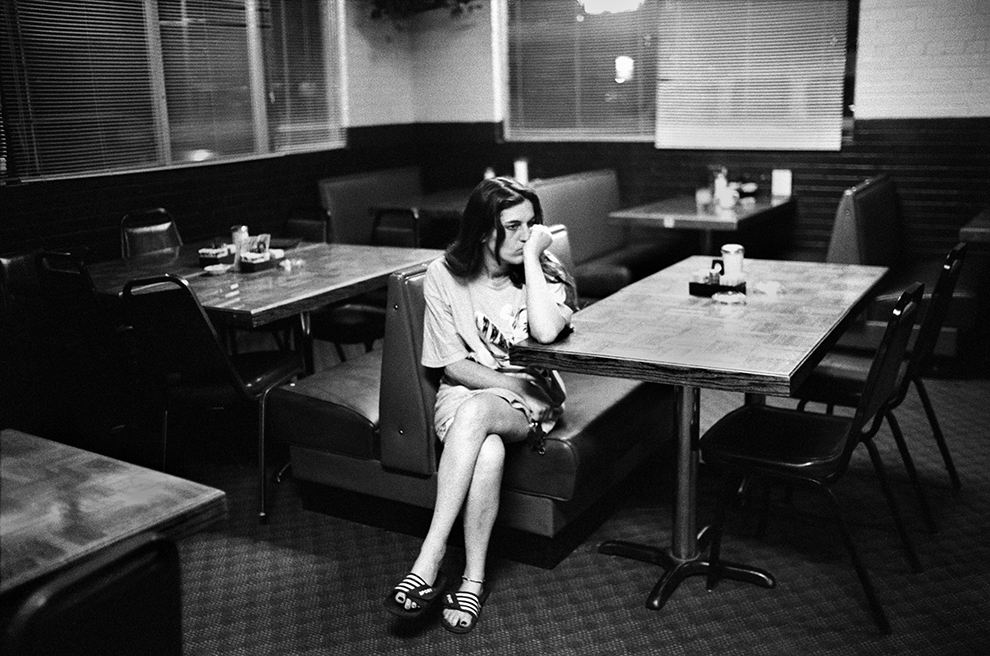
Amarillo, Texas, 2000
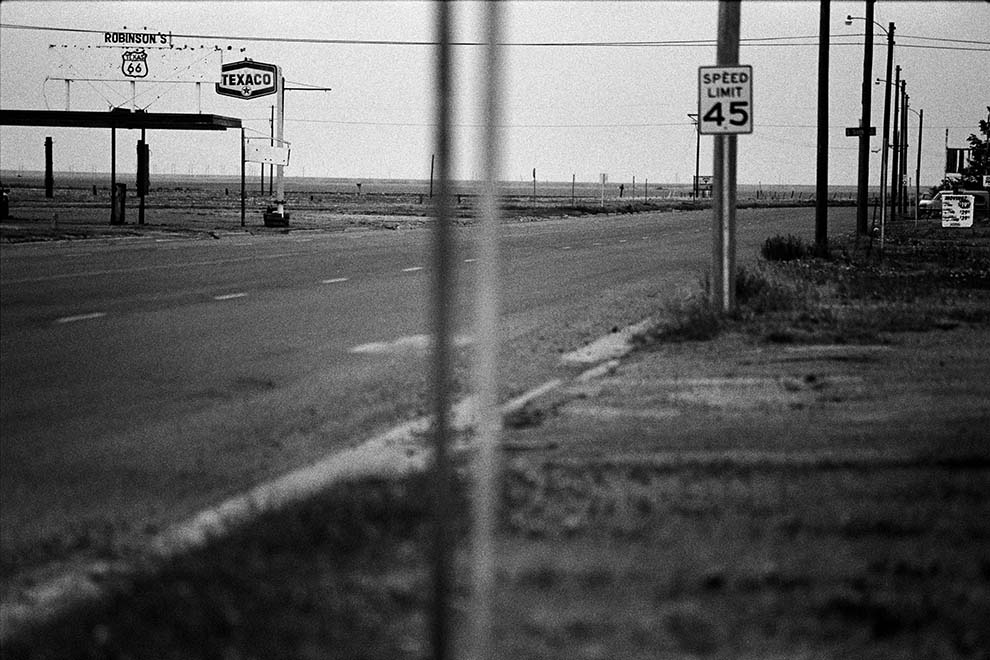
Vega, Texas, 2000
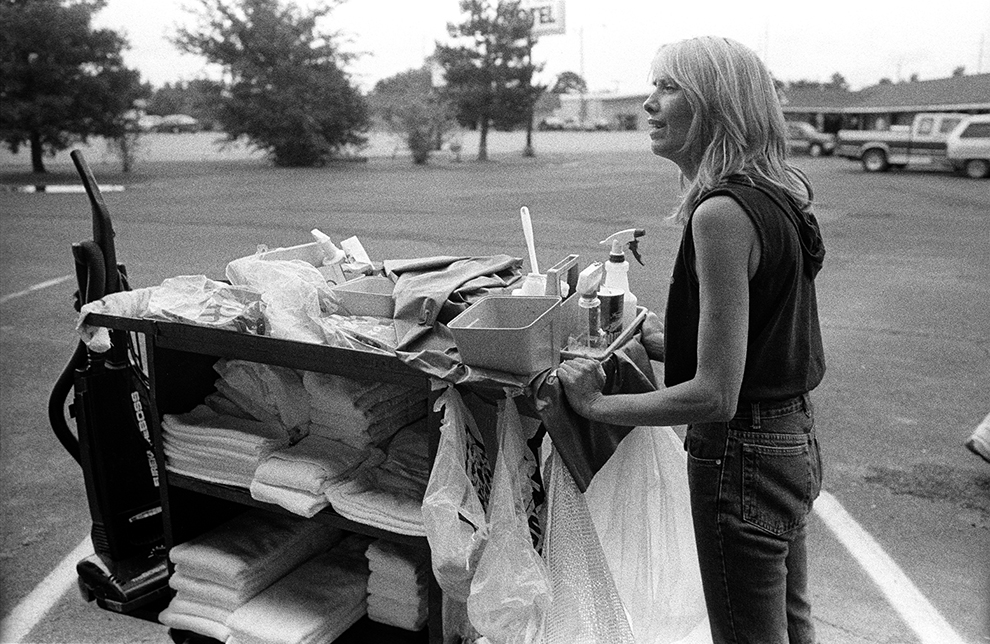
Texas, 2003
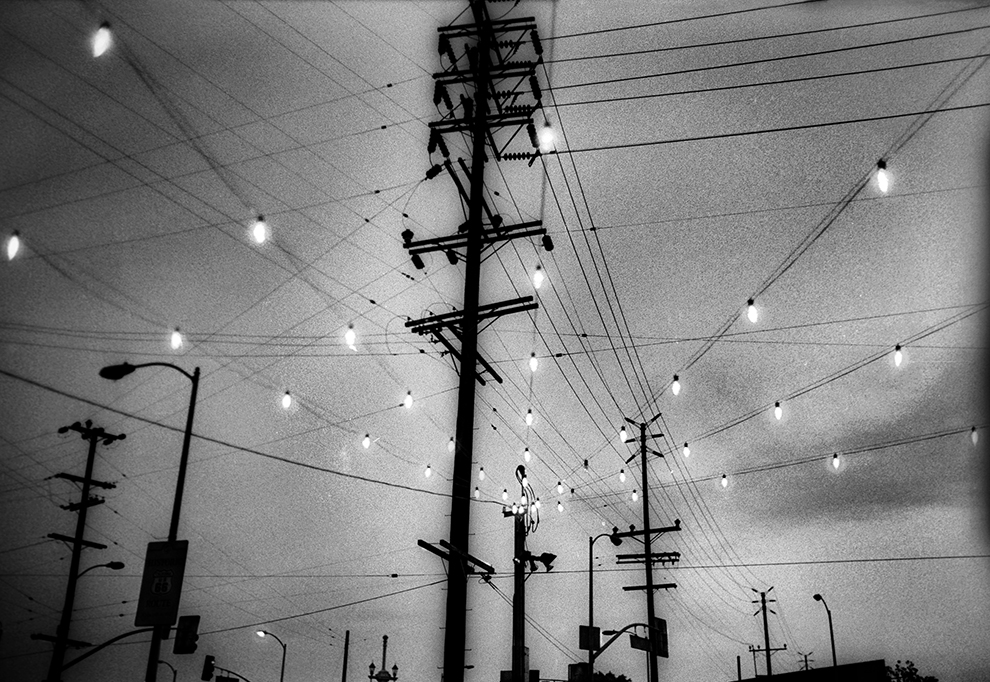
Los Angeles, California, 2000
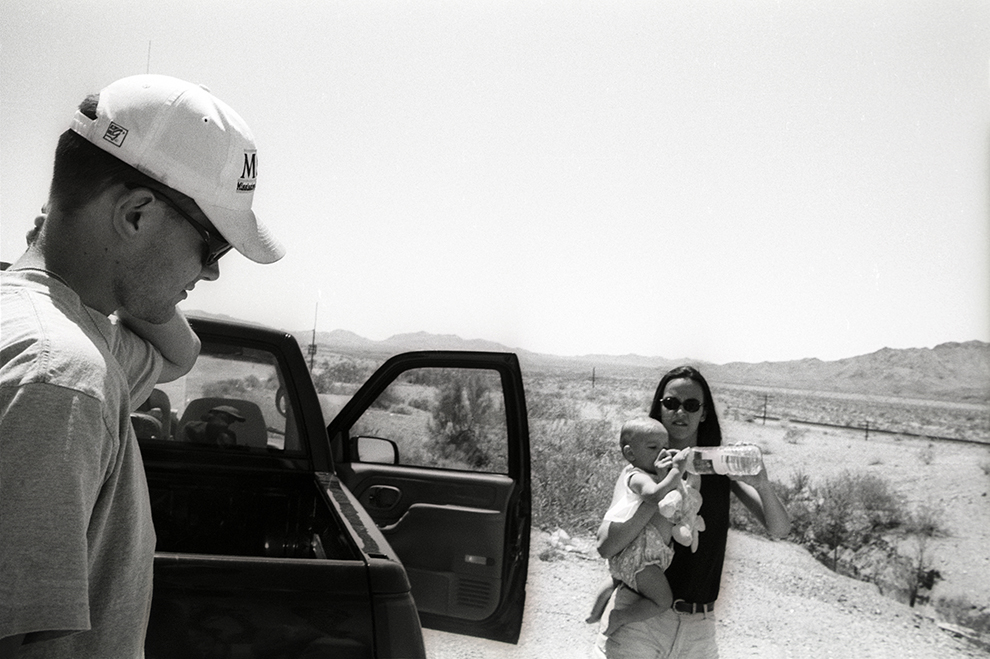
California, 2000
